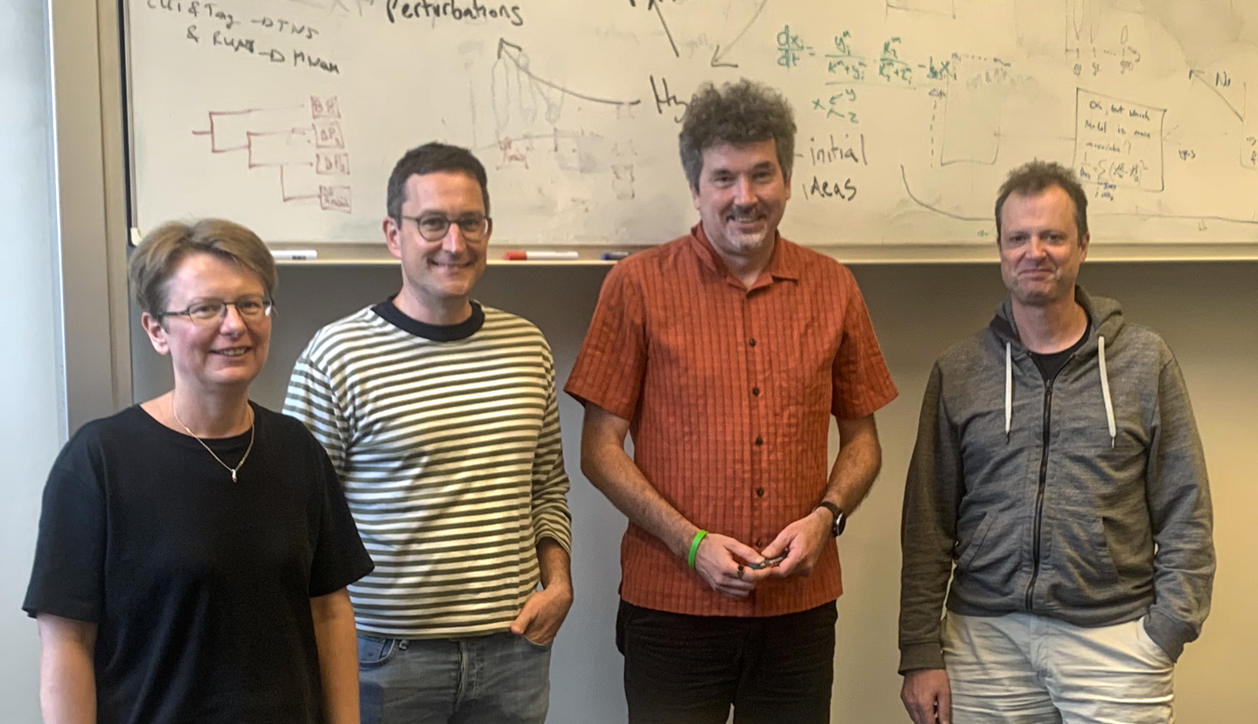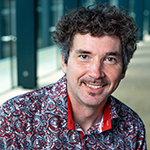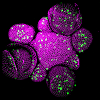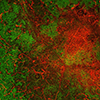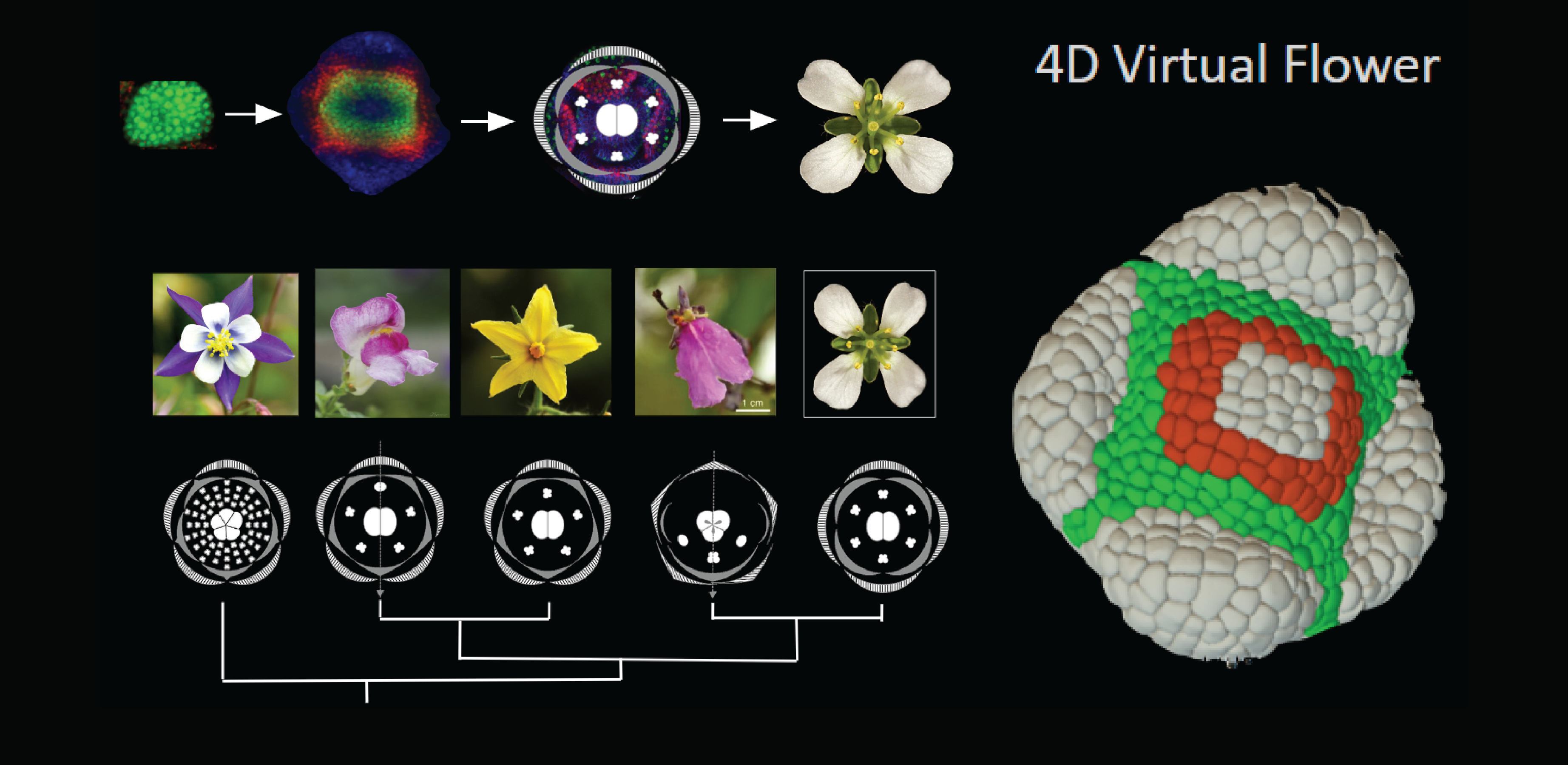
Building a virtual flower
ERC Synergy grant to unravel the complex processes of symmetry breaking in biological systems
A collaboration of plant scientists from the Sainsbury Laboratory, Europe and Australia has been awarded a prestigious €10 million research grant aimed at tackling one of the most complex challenges in biological sciences – understanding how multicellular organisms generate their intricate forms.
Despite substantial advancements in the field, the ability to predictively model and re-engineer developmental processes remains a grand challenge. This research is not only fundamental to our understanding of plant biology but also critical for advancing regenerative medicine and improving agriculture.
The grant will fund the RESYDE project, which seeks to unravel the complex processes of symmetry breaking in plant development using flowers as a model system. Symmetry breaking is a process by which two initially identical cells adopt different cell fates – leading to diverse forms and functions. This fundamental phenomenon is crucial in all multicellular organisms and starts with an asymmetric cell division.
This fundamental phenomenon is crucial in all multicellular organisms. For example, how a single fertilised egg develops into a human body or how a set of identical plant cells develop into distinct floral organs.
In plants, symmetry breaking processes are driven by a variety of mechanisms, including gene regulation, hormones and cell-cell communication. All are essential for understanding how plants build their final structures.
The six-year partnership investigating these systems is between Humboldt-Universitaet zu Berlin (Germany), University of Sydney (Australia), Sainsbury Laboratory, University of Cambridge (UK) and Umeå University (Sweden).
The collaboration will leverage the expertise from research teams within each institute to take on this challenge in a multidisciplinary approach: RESYDE lead investigator Professor Kerstin Kaufmann, from the host institute Humboldt-Universitaet zu Berlin, has already made progress on understanding gene-regulatory networks in the developing flower; Associate Professor Marcus Heisler (University of Sydney) has studied symmetry breaking in the shoot and developed live-imaging and advanced experimental approaches; Professor Henrik Jönsson has established an in silico platform that integrates cellular dynamics with the modelling of a central regulatory network governing floral patterning and Professor Stephan Wenkel has identified innovative proteome-based tools for synthetic biology. Working together, their aim is to re-engineer by design a complex developmental system – the flower.
Professor Kerstin Kaufmann said this research vision was only possible by combining genetic, molecular, live imaging, computational and synthetic techniques to better understand evolutionary floral architectural changes at the single cell level.
“By addressing the intricate dynamics of symmetry breaking, this research has the potential to unlock new avenues in plant development and evolutionary biology”, Professor Kaufmann said.
Using the Arabidopsis thaliana flower as a model, the RESYDE project will integrate diverse methodologies to create a dynamic, virtual flower. This is an essential part of the project, Professor Henrik Jönsson says. “By utilising AI methods and computational modelling we will move biology more towards engineering where the computer is used to guide experiments that alter flower structure.”
“By studying our model plant species, Arabidopsis, we can then use it to understand how the amazing diversity of flower structures we find in nature have evolved,” Associate Professor Heisler said. “For instance, we will compare the developmental programs governing the Arabidopsis flower to the tomato flower and vice versa to re-engineer evolutionary transitions.”
Professor Wenkel said this innovative approach will employ predictive modelling to explore symmetry breaking across various scales, ultimately enabling the re-engineering of these systems.
“Understanding how individual cells communicate and cooperate is vital in the progression of the development of flowers. We will also use a re-engineering approach to alter floral symmetry breaking processes to better understand evolutionary floral architectural changes,” Professor Wenkel said.
Studying how flowers have developed and evolved their form is essential because it reveals the intricate co-evolutionary relationships between flowers and their pollinators, such as insects and animals. The complex tissues of flower organs must be fertilised and then develop into fruit and grain, so the specifics of flower function are critical for future plant breeding and agriculture.
Read more about the RESYDE project at https://www2.hu-berlin.de/resyde/
ERC Synergy Grants
Supporting collaborative research for major scientific challenges
The ERC Synergy Grant is a funding initiative designed to support small teams of scientists tackling significant research issues for some of the world’s most pressing research challenges across various scientific disciplines.
The ERC Synergy Grant encourages researchers to combine their diverse skills, knowledge, and resources, fostering collaboration that leads to innovative scientific inquiries and the development of new methods and techniques. This grant scheme is part of the European Union's research and innovation program, Horizon Europe.
For more details visit https://erc.europa.eu
Media Contacts:
Kristina Vaillant, Humboldt-Universitaet zu Berlin, +49 (0)30-2093-12714, kristina.vaillant@hu-berlin.de
Scott Davison (University of Sydney), + 61 2 9351 5397, scott.davison@sydney.edu.au
Kathy Grube (Sainsbury Laboratory, University of Cambridge), +44 (0) 12237 61152, kjg45@cam.ac.uk
Sara-Lena Brännström, Umeå University, +46 (0)90 786 72 24 / +46 (0)72 167 62 65, sara-lena.brannstrom@umu.se

